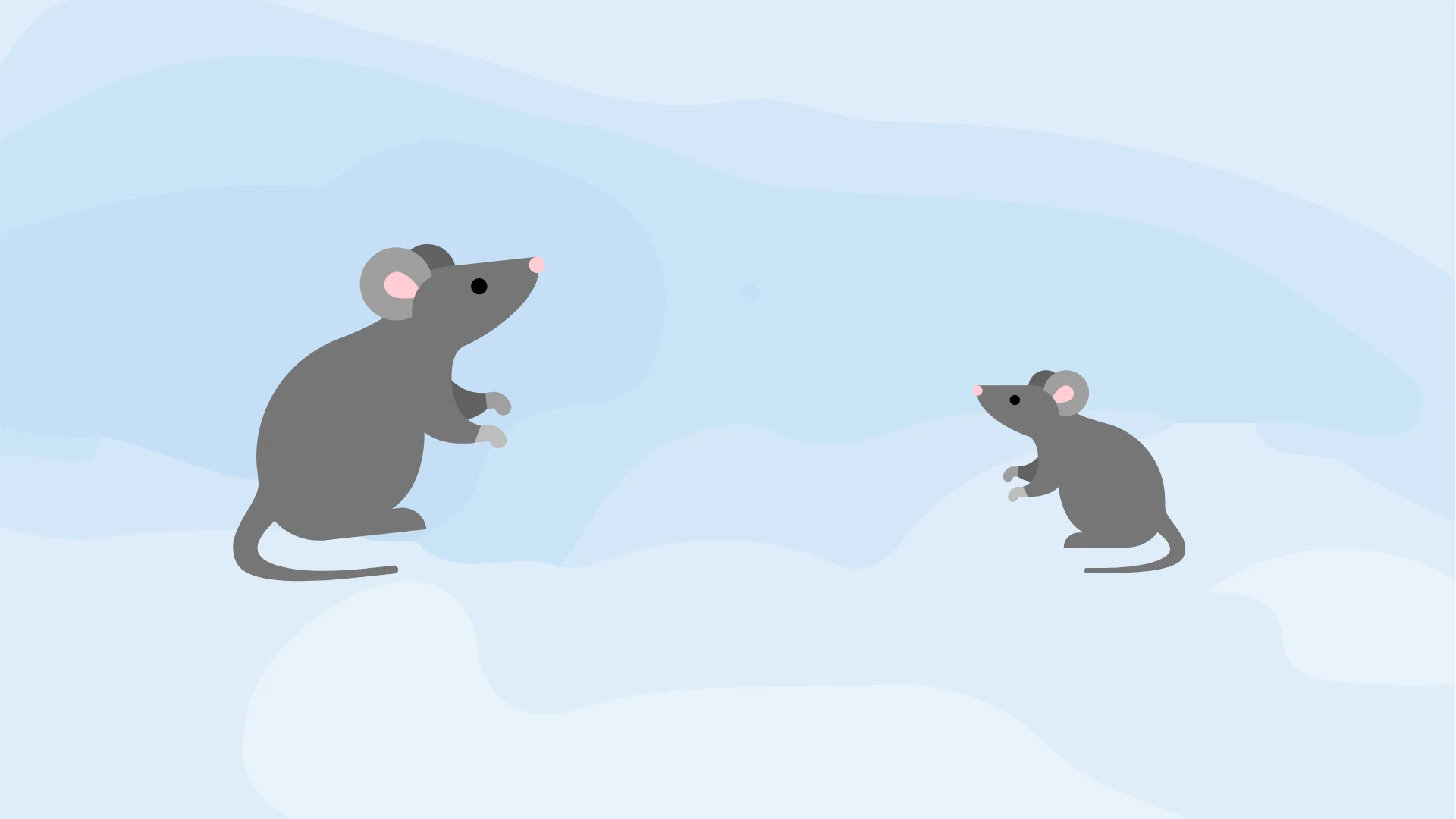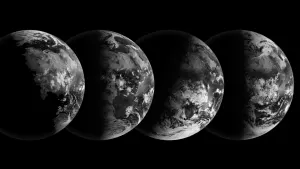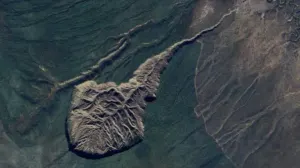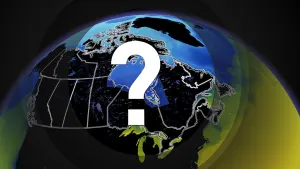
New rule of nature? Study finds mice grow bigger on rainier side of mountain
Could researchers have discovered a new rule of nature?
Mice on the Andes mountains in Patagonia are bigger on the western side than the mice that live in the east – even though they’re the same species.
Scientists looked at 450 skulls of mice from the area and found no biological clues that explained the difference.
So, they looked upward. Could the weather have something to do with it?
It isn’t unheard of. Previous research has found other environmental factors – like colder climates and higher latitudes – can influence animal size.
On the Andes mountains, the western portion gets more rain, which translates into more food availability - and more food definitely has an impact on size.
That’s the hypothesis of a new paper penned by experts at Chicago’s Field Museum.
The differences between the western and eastern shaggy soft-haired mice - described by the study's authors as "very cute little buggers" - can be dramatic. At first glance, they can even look like a different species.
The paper relates the size difference to something called a “resource rule,” which suggests that individuals from a species are usually larger in areas with more resources compared to individuals from the same species in resource-scarce areas.
It also highlights a phenomenon called the "rain shadow effect," which describes the way water vapour migrates over mountain ranges.
Over the ocean, the air picks up water vapour, which rises as the ocean naturally warms. Winds push this vapour over the mountain, and the higher it gets, the colder the vapour becomes. In the cold air, the vapour condenses and falls to the ground as rain.
But if the mountain is high enough, moisture will run out before the peak, leaving nothing but cold, dry air.
“Essentially, one side of the mountain will be humid and rainy, and the other will have cold, dry air. On some mountains, the difference is extreme. One face can be a tropical rainforest, and the other side will be almost desert-like,” Noé de la Sancha, the paper’s corresponding author, says in a statement.
"There is a rain shadow effect in most mountains on the planet, we see this phenomenon all over the world.”
Upon analysis, researchers noted the rain shadow in the Andes matches up with the rodents' size.
So far, this concept that the rain shadow impacts an animal's size has only been applied to one species, but de la Sancha suggests it may be something bigger than that, possibly even a previously unknown law of nature.
The findings appear in the Journal of Biogeography.










